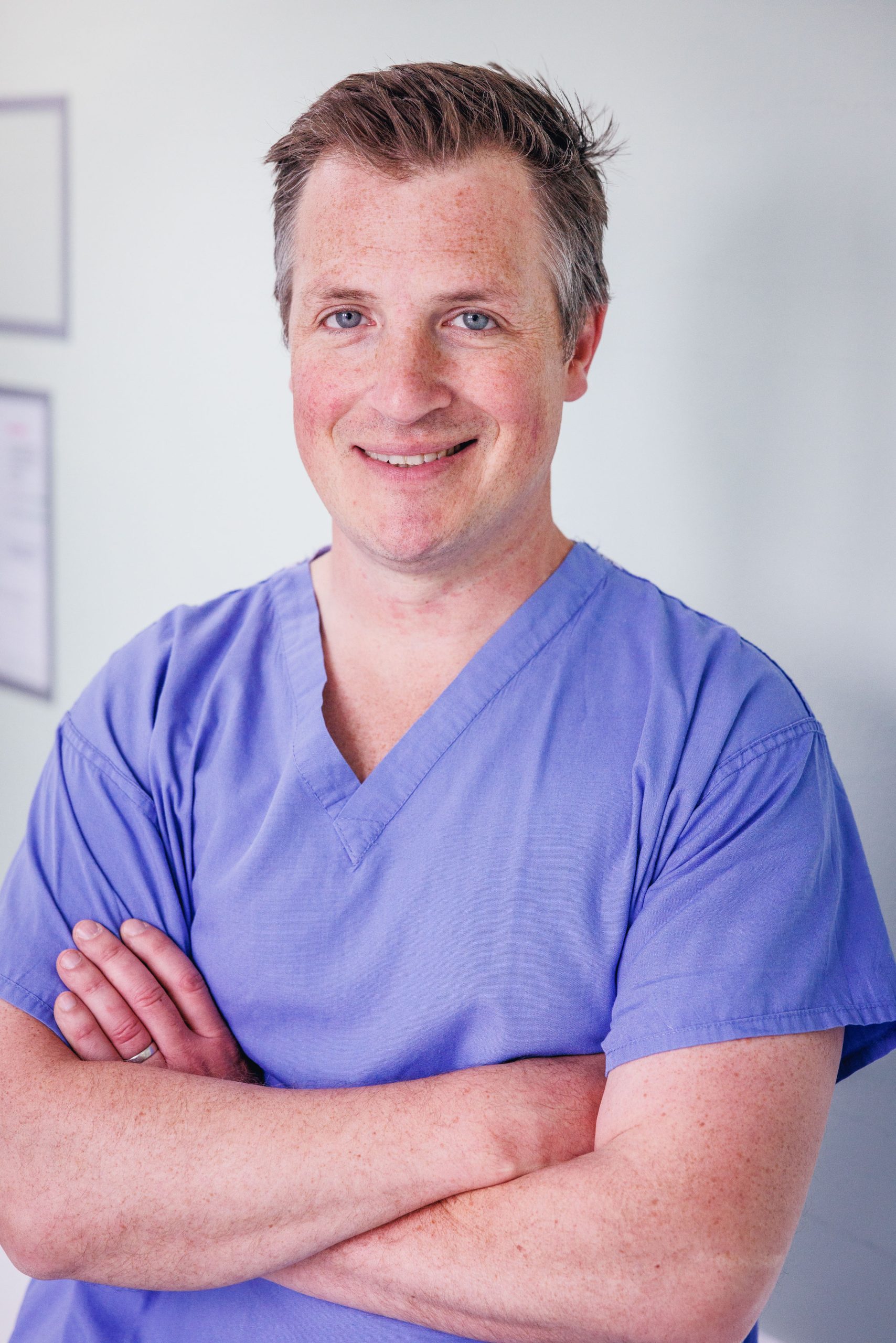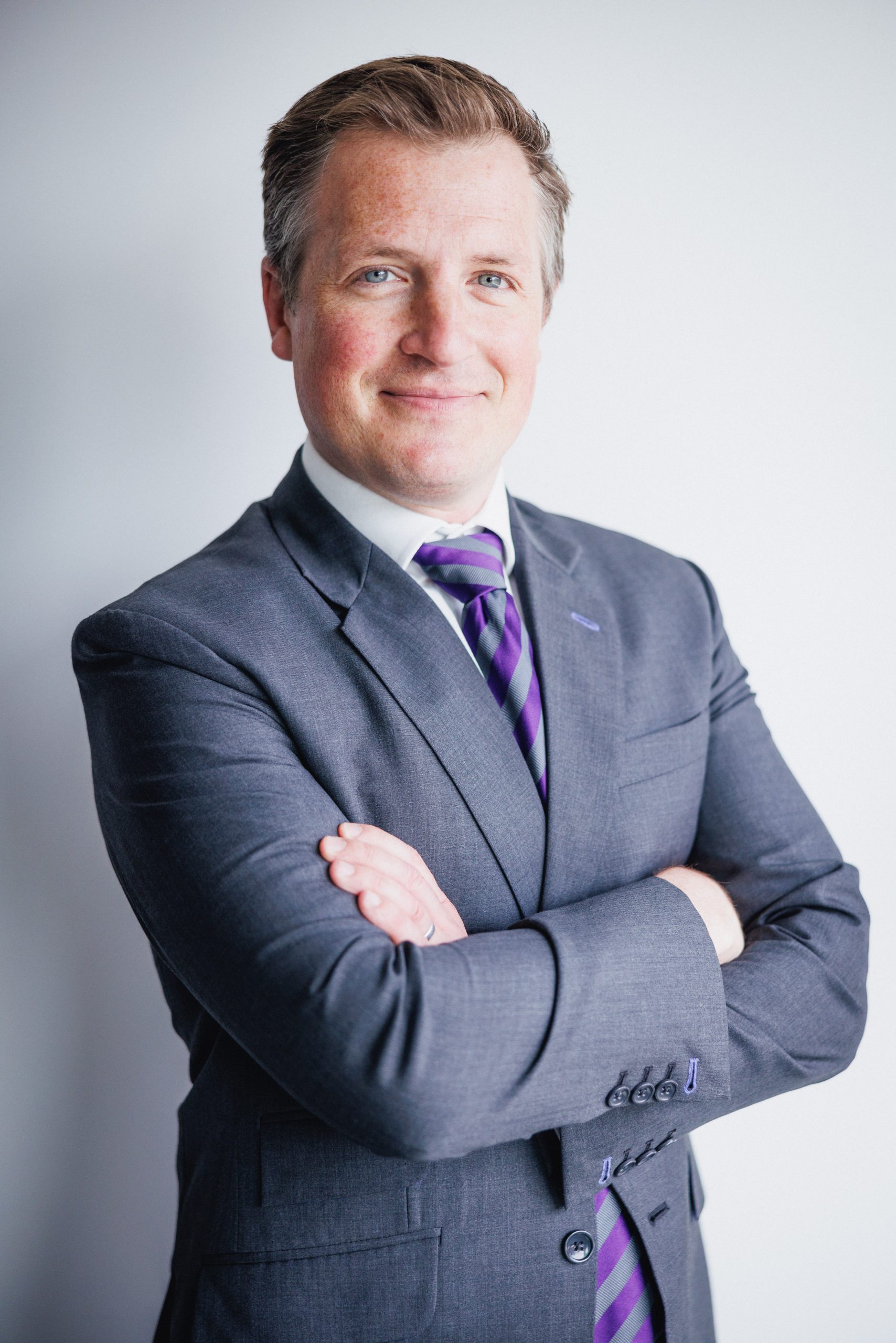our KNEE SURGEONS
The Knee Service at Grosvenor Orthopaedic Partners is led by Mr Luke Jones Mr Chethan Jayadev and Mr Mark Webb. They provide a comprehensive range of knee procedures as part of a multidisciplinary team of healthcare professionals including highly specialised physiotherapists, all committed to returning you to optimal function.
Our team are well placed to manage and treat a diverse range of knee problems utilising cutting edge diagnostic technology and treatment approaches, both surgical and conservative. Below is an overview of some of the knee conditions we treat but for a more thorough understanding please contact our team here
Conditions Diagnosed & Treated
Listed are an outline of some of the major knee disorders that we specialise in, but typically most issues of the knees that warrant a specialist referral can be successfully investigated through our team. If you are suffering from knee issues and are looking for definitive medical support then please let us know.
Bakers Cyst INjuries
A Bakers Cyst also referred to as a Popliteal Cyst, is a fluid-filled mass in the back of the knee in an area called the popliteal fossa.
Cartilage Injuries
- Osteochondral Defects (Click for more info)
- Osteochondritis Dissecans (Click for more info)
Degenerative Meniscal Injuries
Degenerative tears occur when the “ageing meniscus”, which is stiffer than those of younger people, gets pinched between the femur and tibia.
FRACTURES AND DISLOCATIONS
- Patella Fractures
- Distal Femur Fractures
- Tibial Plateau Fractures
- Insufficiency Fractures
FAT PAD INJURIES
The main fat pad in the knee sits behind the tendon that connects the knee cap to the shin bone.
Ligament Injuries
- Anterior Cruciate Ligament (Click for more info)
- Posterior Cruciate Ligament (Click for more info)
- Medial Collateral Ligament (Click for more info)
- Lateral Collateral Ligament (Click for more info)
- Mulit Ligament Knee Injuries
MENISCAL INJURIES
Each knee has two menisci. The medial meniscus sits between the tibia and the femur in the part of the knee closest to the midline (middle) of the body.
OSTEOARTHRITIS
Osteoarthritis of the knee joint is very common and can be thought of as a wear and tear condition of the cartilage knee
PATELLA INSTABILITY
- First time Patella Dislocation
- Recurrent Patella Dislocation
Tendon Injuries
- Runners Knee (ITB injury)
- Jumpers Knee (Patella Tendonitis)
- Quadriceps Tendon Rupture
- Patella Tendon Rupture
TRAUMATIC MENISCAL INJURIES
There are two broad types of tears: Traumatic and Degenerative. Traumatic tears occur when there is a twisting or hyperflexion (deep bend) injury to the knee.
KNEE TREATMENTS INCLUDE:
Advanced Arthroscopic (Keyhole) Knee Surgery
We offer advanced keyhole surgery for the investigation and treatment of knee pain and joint injuries — this is called knee arthroscopy. Knee arthroscopy can be used to investigate and treat meniscal (meniscus) tears, anterior cruciate ligament (ACL) tears, cartilage damage, ligament damage and osteoarthritis.
Cartilage Regeneration
Cartilage regeneration involves a surgeon making small cuts underneath an injured cartilage in the bone, with the intention that the resultant blood encourages cartilage cell growth.
Cartilage tissue’s ability to repair itself is severely limited because it does not contain blood vessels, and bleeding is necessary for healing.
Ligament Reconstruction
A torn ACL cannot be repaired by stitching it back together, but it can be reconstructed by attaching (grafting) new tissue on to it.
The ACL can be reconstructed by removing what remains of the torn ligament and replacing it with a tendon from another area of the leg, such as the hamstring or patellar tendon.
The patellar tendon attaches the bottom of the kneecap (patella) to the top of the shinbone (tibia).
Ligament Repair
A number of different tissues can be used to replace your ACL. Tissue taken from your own body is called an autograft. Tissue taken from a donor is called an allograft.
Meniscal Repair
A meniscal repair can usually be performed arthroscopically. Your orthopaedic surgeon will use a camera and small instruments inserted through small cuts around the knee. The meniscus will be fixed back to the capsule, where it belongs! Small anchors or sutures inside the knee will be used to hold it in place. The advantage of a meniscal repair is that it allows the meniscus to continue its protective role, acting as a shock absorber and stabiliser of the knee. This reduces the risk of developing arthritis in future.
Meniscal Resection
A meniscal resection involves removing the torn part of the meniscus. The minimally-invasive arthroscopic procedure is also known as a meniscectomy. If you require a partial meniscectomy, your doctor will remove a piece of the torn meniscus so your knee can function normally. Only the damaged portion of meniscus will be removed, leaving as much normal tissue as possible.
Microfracture
Microfracture is a technique that can be used to treat an articular cartilage injury or defect that exposes bone. This is performed most often in the knee (it can be used in the elbow, hip, ankle and other joints as well).
Minimally Invasive Total Knee Replacement
Minimally invasive knee replacement differs from traditional knee replacement in that it uses an incision that is smaller and requires less cutting of the tendons and ligaments.
Partial Knee Replacement
A partial knee replacement is surgery to replace only one part of a damaged knee. It can replace either the inside (medial) part, the outside (lateral) part, or the kneecap part of the knee.
Surgery to replace the whole knee joint is called total knee replacement.
Patella Stabilisation
Surgery to stabilise the kneecap is usually only offered when physiotherapy hasn’t been successful. Options include medial patella-femoral ligament (MPFL) reconstruction, bony realignment surgery and trochleoplasty.
Realignment Surgery
A minimally invasive technique for osteotomy that enables patients to get back to normal activities as quickly as possible. All the results of surgery are carefully monitored so that the treatment is evidence based. In many cases, the results are comparable to joint replacement surgery.
Revision Knee Replacement
Total knee replacement (TKR, also called total knee arthroplasty) is one of the most successful procedures in orthopedic medicine. This is due to the substantial pain relief and restoration of function patients experience after a knee replacement.
Robotic Knee Surgery
Robotic-assisted knee replacement surgery is one of the new patient-specific, computerised surgical techniques. Using computed tomography (CT) scans, a virtual model of a patient’s knee is built, and robotic technology offers a new level of accuracy for implant positioning.
COMMONLY ASKED QUESTION videoS
Below are a series of videos answering some of the most frequently asked questions about knee surgery from our own Mr Luke Jones - Knee Specialist Surgeon






